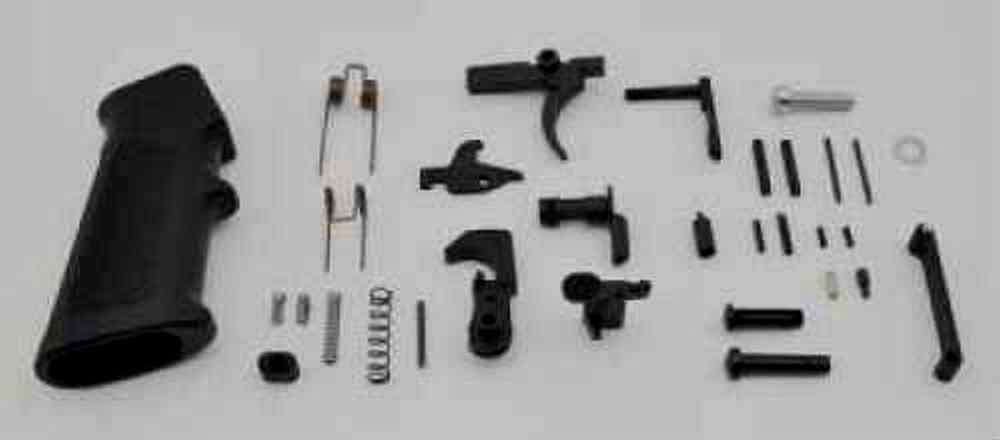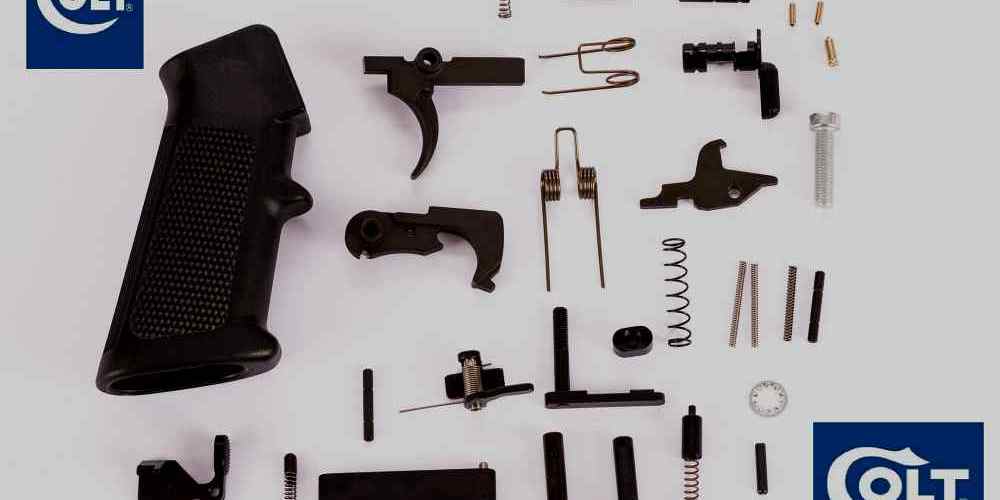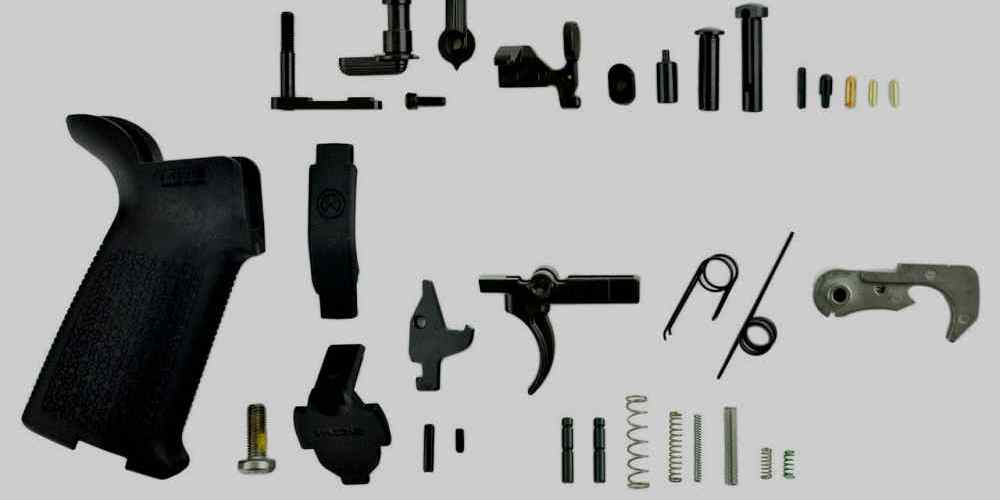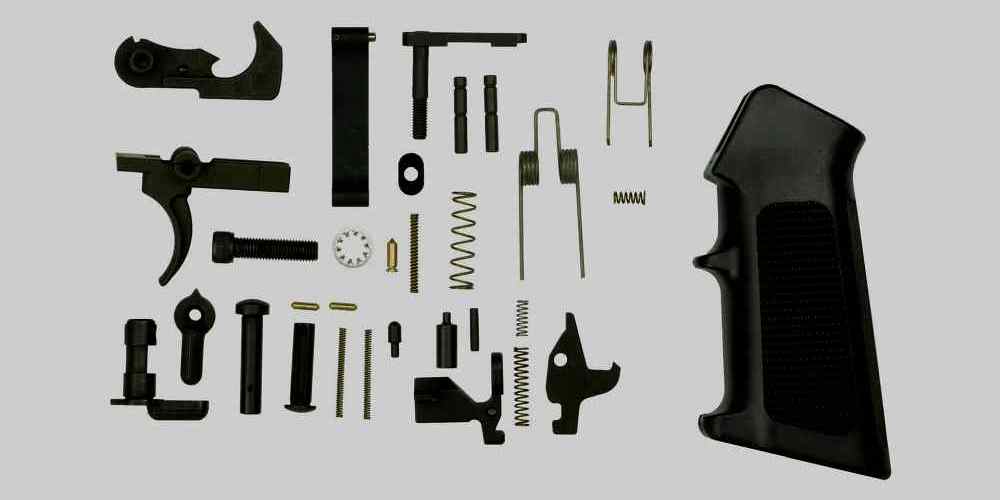“Balance is key: The impact of weight on your AR15 lower receiver”
Importance of Weight Distribution in AR15 Lower Receivers
When it comes to building or customizing your AR15, every component plays a crucial role in the overall performance of the rifle. One often overlooked aspect is the weight distribution of the lower receiver. The lower receiver is the foundation of your AR15, connecting all the other components and providing stability and balance. Understanding how weight affects the lower receiver can help you optimize your rifle for better performance.
The weight of the lower receiver can have a significant impact on the balance of your AR15. A heavier lower receiver can help reduce recoil and improve stability, making it easier to stay on target during rapid fire. On the other hand, a lighter lower receiver can make the rifle more maneuverable and easier to handle in tight spaces. Finding the right balance between weight and maneuverability is essential for achieving optimal performance.
One of the key factors to consider when choosing a lower receiver is the material it is made from. Lower receivers are typically made from aluminum, polymer, or a combination of both. Aluminum lower receivers are known for their durability and strength, making them a popular choice among shooters who prioritize performance and reliability. Polymer lower receivers, on the other hand, are lighter and more affordable, making them a good option for shooters who value weight savings and cost-effectiveness.
In addition to material, the design of the lower receiver can also impact weight distribution. Some lower receivers feature additional material in key areas to increase strength and durability, while others are designed with weight savings in mind. Choosing a lower receiver with a design that balances strength and weight can help you achieve the optimal balance for your AR15.
Another factor to consider when it comes to weight distribution in the lower receiver is the type of buffer system you are using. The buffer system plays a crucial role in managing recoil and ensuring smooth cycling of the rifle. A heavier buffer system can help reduce felt recoil and improve stability, while a lighter buffer system can make the rifle easier to handle and more maneuverable. Finding the right balance between weight and performance in your buffer system can help you achieve the optimal balance for your AR15.
Ultimately, the impact of weight on your AR15 lower receiver comes down to personal preference and intended use. If you prioritize stability and accuracy, a heavier lower receiver may be the best choice for you. If you value maneuverability and ease of handling, a lighter lower receiver may be more suitable. By understanding how weight affects the balance of your AR15, you can make informed decisions when customizing your rifle to suit your needs and preferences.
In conclusion, the weight distribution of your AR15 lower receiver plays a crucial role in the overall performance of your rifle. Finding the right balance between weight and maneuverability can help you optimize your rifle for better stability, accuracy, and handling. By considering factors such as material, design, and buffer system, you can customize your AR15 to achieve the optimal balance for your shooting style and preferences.
Effects of Weight on Shooting Accuracy
When it comes to shooting accuracy, every little detail matters. One often overlooked factor that can have a significant impact on your shooting performance is the weight of your AR15 lower receiver. The lower receiver is a critical component of your rifle, as it houses the trigger group and serves as the foundation for the rest of the firearm. The weight of the lower receiver can affect the overall balance of your rifle, which in turn can impact your ability to shoot accurately.
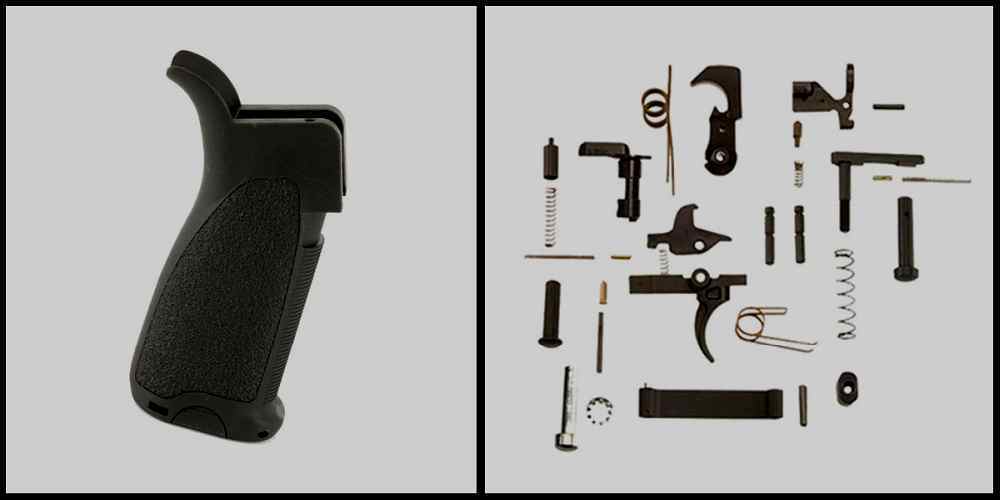
A heavier lower receiver can help to stabilize your rifle and reduce recoil, making it easier to stay on target. However, too much weight can throw off the balance of your rifle and make it more difficult to handle. On the other hand, a lighter lower receiver can make your rifle easier to maneuver, but may also increase felt recoil and make it harder to control.
Finding the right balance is key to achieving optimal shooting accuracy. A well-balanced rifle will feel comfortable in your hands and allow you to maintain control over your shots. If your rifle feels too heavy or too light, it can throw off your aim and make it harder to hit your target consistently.
One way to adjust the weight of your lower receiver is to choose a different material. Lower receivers are typically made from aluminum, but there are also options available in polymer and other materials. Aluminum is a popular choice for its durability and strength, but it can add extra weight to your rifle. Polymer lower receivers are lighter, but may not be as durable as aluminum.
Another option is to add weight to your lower receiver using aftermarket accessories. Some shooters choose to add tungsten or steel weights to their lower receivers to help balance out the weight of other components on their rifle. These weights can be easily installed and removed, allowing you to customize the weight of your rifle to suit your preferences.
It’s important to remember that the weight of your lower receiver is just one factor that can affect your shooting accuracy. Other factors, such as barrel length, ammunition, and shooting technique, can also play a role in how well you shoot. However, finding the right balance for your rifle can help to improve your overall shooting performance and make it easier to hit your target consistently.
In conclusion, the weight of your AR15 lower receiver can have a significant impact on your shooting accuracy. Finding the right balance is key to achieving optimal performance with your rifle. By experimenting with different materials and accessories, you can customize the weight of your lower receiver to suit your preferences and improve your shooting accuracy. Remember to consider all factors that can affect your shooting performance and make adjustments as needed to achieve the best results.
Impact of Weight on Recoil Management
When it comes to shooting accuracy and recoil management, the weight of your AR15 lower receiver can play a significant role. The lower receiver is a crucial component of your rifle, as it houses the trigger group, magazine well, and buffer tube. The weight of the lower receiver can affect the overall balance of your rifle, which in turn can impact your ability to control recoil and maintain accuracy.
A heavier lower receiver can help to reduce felt recoil by absorbing more of the energy generated by the firing of the round. This can make it easier to stay on target and make follow-up shots more quickly. On the other hand, a lighter lower receiver can make your rifle feel more nimble and easier to maneuver, but it may also result in more felt recoil.
The weight of your lower receiver can also affect the overall balance of your rifle. A well-balanced rifle is easier to handle and can help you maintain better control over your shots. If your rifle is front-heavy, it can be more difficult to keep it steady and on target. Conversely, if your rifle is rear-heavy, it can be harder to maintain a stable shooting position.
Finding the right balance for your AR15 lower receiver is a matter of personal preference and shooting style. Some shooters prefer a heavier lower receiver for better recoil management, while others may prefer a lighter lower receiver for improved maneuverability. Ultimately, the best weight for your lower receiver will depend on your individual needs and preferences.
In addition to weight, the material of your lower receiver can also impact its performance. Lower receivers are typically made from aluminum, polymer, or a combination of both. Aluminum lower receivers are durable and provide a solid foundation for your rifle, but they can also add weight. Polymer lower receivers are lighter and more affordable, but they may not be as durable as aluminum.
When choosing a lower receiver for your AR15, it’s important to consider both weight and material. Think about how you plan to use your rifle and what features are most important to you. If you prioritize recoil management and stability, a heavier aluminum lower receiver may be the best choice for you. If you value maneuverability and affordability, a lighter polymer lower receiver may be more suitable.
Ultimately, the impact of weight on your AR15 lower receiver comes down to personal preference and shooting style. Experiment with different weights and materials to find the right balance for your needs. Remember that a well-balanced rifle can help you maintain better control over your shots and improve your overall shooting experience. So, take the time to find the perfect lower receiver for your AR15 and enjoy improved recoil management and accuracy on the range.
Balancing Weight and Durability in Lower Receiver Materials
When it comes to building or customizing your AR15, one of the key components to consider is the lower receiver. The lower receiver plays a crucial role in the overall balance and performance of your firearm. It is important to understand how different materials and designs can impact the weight and durability of your lower receiver.
One of the main factors to consider when choosing a lower receiver is weight. The weight of your lower receiver can have a significant impact on the overall balance of your AR15. A heavier lower receiver can help to stabilize your firearm and reduce recoil, making it easier to control and shoot accurately. However, a heavier lower receiver can also make your firearm feel cumbersome and less maneuverable.
On the other hand, a lighter lower receiver can make your AR15 feel more agile and easier to handle. This can be particularly beneficial for shooters who need to move quickly and shoot on the move. However, a lighter lower receiver may also increase felt recoil and make it more difficult to control your firearm.
When it comes to balancing weight and durability in lower receiver materials, there are a few key options to consider. One popular material for lower receivers is aluminum. Aluminum is lightweight, durable, and relatively affordable. It is a popular choice for many shooters because it offers a good balance of weight and strength. Aluminum lower receivers are also easy to customize and can be anodized in a variety of colors.
Another popular material for lower receivers is polymer. Polymer lower receivers are even lighter than aluminum and can be more affordable. However, polymer lower receivers may not be as durable as aluminum and may be more prone to cracking or breaking under heavy use. It is important to consider your shooting needs and preferences when choosing between aluminum and polymer lower receivers.
For shooters who are looking for the ultimate in durability, there are also options for steel lower receivers. Steel lower receivers are extremely strong and can withstand heavy use and abuse. However, steel lower receivers are also heavier than aluminum or polymer, which can impact the balance and maneuverability of your AR15.
Ultimately, the best lower receiver material for you will depend on your shooting style, preferences, and budget. It is important to consider the trade-offs between weight and durability when choosing a lower receiver for your AR15. Whether you prioritize stability, agility, or durability, there is a lower receiver material that can meet your needs.
In conclusion, the weight of your AR15 lower receiver can have a significant impact on the balance and performance of your firearm. It is important to consider the trade-offs between weight and durability when choosing a lower receiver material. Whether you prefer the lightweight agility of polymer, the balance of aluminum, or the durability of steel, there is a lower receiver material that can meet your needs. By carefully considering your shooting style and preferences, you can choose a lower receiver that will help you get the most out of your AR15.
Customizing Weight for Personal Preference and Performance
When it comes to customizing your AR15, one of the key factors to consider is the weight of your lower receiver. The lower receiver plays a crucial role in the overall balance and feel of your rifle, affecting everything from accuracy to comfort during extended shooting sessions. Understanding how weight impacts your AR15 can help you make informed decisions when it comes to customization.
The weight of your lower receiver can have a significant impact on the balance of your rifle. A heavier lower receiver can help to stabilize your rifle, reducing muzzle rise and improving overall accuracy. On the other hand, a lighter lower receiver can make your rifle feel more nimble and easier to maneuver, which can be beneficial in certain shooting scenarios.
When customizing the weight of your lower receiver, it’s important to consider your personal preferences and shooting style. If you prefer a more stable shooting platform and prioritize accuracy, a heavier lower receiver may be the way to go. On the other hand, if you value maneuverability and quick target acquisition, a lighter lower receiver may be more suitable for your needs.
In addition to personal preference, the weight of your lower receiver can also impact your performance in different shooting situations. For example, a heavier lower receiver can help to absorb recoil, making it easier to stay on target during rapid fire or follow-up shots. This can be particularly beneficial in competitive shooting or tactical scenarios where speed and accuracy are paramount.
Conversely, a lighter lower receiver can make it easier to transition between targets quickly, which can be advantageous in dynamic shooting situations or when shooting on the move. By customizing the weight of your lower receiver to suit your shooting style and preferences, you can optimize your performance and enhance your overall shooting experience.
There are a variety of ways to customize the weight of your lower receiver, ranging from adding aftermarket accessories such as weighted buffer tubes or buttstocks to choosing a lower receiver made from a different material. For example, aluminum lower receivers are typically lighter than their steel counterparts, while polymer lower receivers can be even lighter still.
When selecting a lower receiver, it’s important to consider not only the weight but also the quality and durability of the material. A lower receiver made from high-quality materials will not only help to optimize the weight of your rifle but also ensure long-lasting performance and reliability.
In conclusion, the weight of your AR15 lower receiver can have a significant impact on the balance, feel, and performance of your rifle. By customizing the weight of your lower receiver to suit your personal preferences and shooting style, you can optimize your performance and enhance your overall shooting experience. Whether you prefer a heavier lower receiver for stability and accuracy or a lighter lower receiver for maneuverability and speed, there are a variety of options available to help you customize your AR15 to meet your needs.





